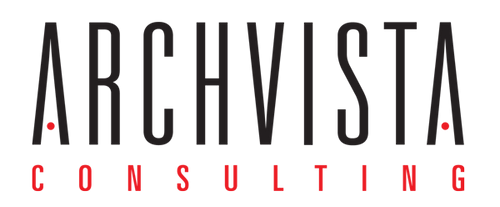
In the last couple of years, California has experienced one of the worst droughts in history. As a Central California native and Northern California resident, I don’t remember ever wondering if we have enough water to survive. Until now.
The lack of water is causing an abundance of sinkholes, especially in the Central Valley, where farmers are desperate to keep their crops alive and the world fed. Water rationing is now mandatory for residents of many communities and fines are stiff if you aren’t making an effort to conserve water.
Yet, we are wasting water. The infrastructure that water flows through is breaking down. Last week two mains that deliver water to our house broke. And while water was not flowing into our house an abundance of water was flowing down our street for hours as crews were working to fix the problem. Due to our aging pipelines and the challenge in maintaining them, this is a common occurrence.
So when Susan Rainier, one of our recent speakers talked about Water as one of the imperatives of the Living Building Challenge, I listened. “Water is one of the most sacred things we have,” said Susan. “In practices of the past, we have not treated water as the important element that it is for us. We are very wasting water and we don’t have to.”
With the Living Building Challenge the goal is net positive water. To actually work with and use the water that lands on your site. While net zero is a common thought in relation to energy, it doesn’t seem as common of an idea when it comes to water.
Susan highlighted the Omega Center for Sustainable Living in Rhinebeck, New York, as project that has done an amazing job at using the water it has on site. The Center is a wastewater filtration facility that is designed to use treated water for garden irrigation. Its greywater recovery system and building are used as teaching tools for an educational program on the ecological impact of its campus. The Center even offers yoga classes to demonstrate the positive effect and beauty of its site.
Water is just one of the imperatives highlighted by Susan during her presentation on Understanding the Living Building Challenge. The other elements of the challenge include Place, Energy, Health & Happiness, Materials, Equity, and Beauty. To learn about the other imperatives and how you can accept the challenge, visit Living-Future.org.
For additional insights on water as it relates to our future Susan recommended “Blue Future: Protecting Water for People and the Planet Forever” by Maude Barlow.
Susan Rainer, AIA, LEED AP BD+C, Living Future Accredited LFA, and Architect, is a climate activist and an ambassador for the Living Future Institute.

